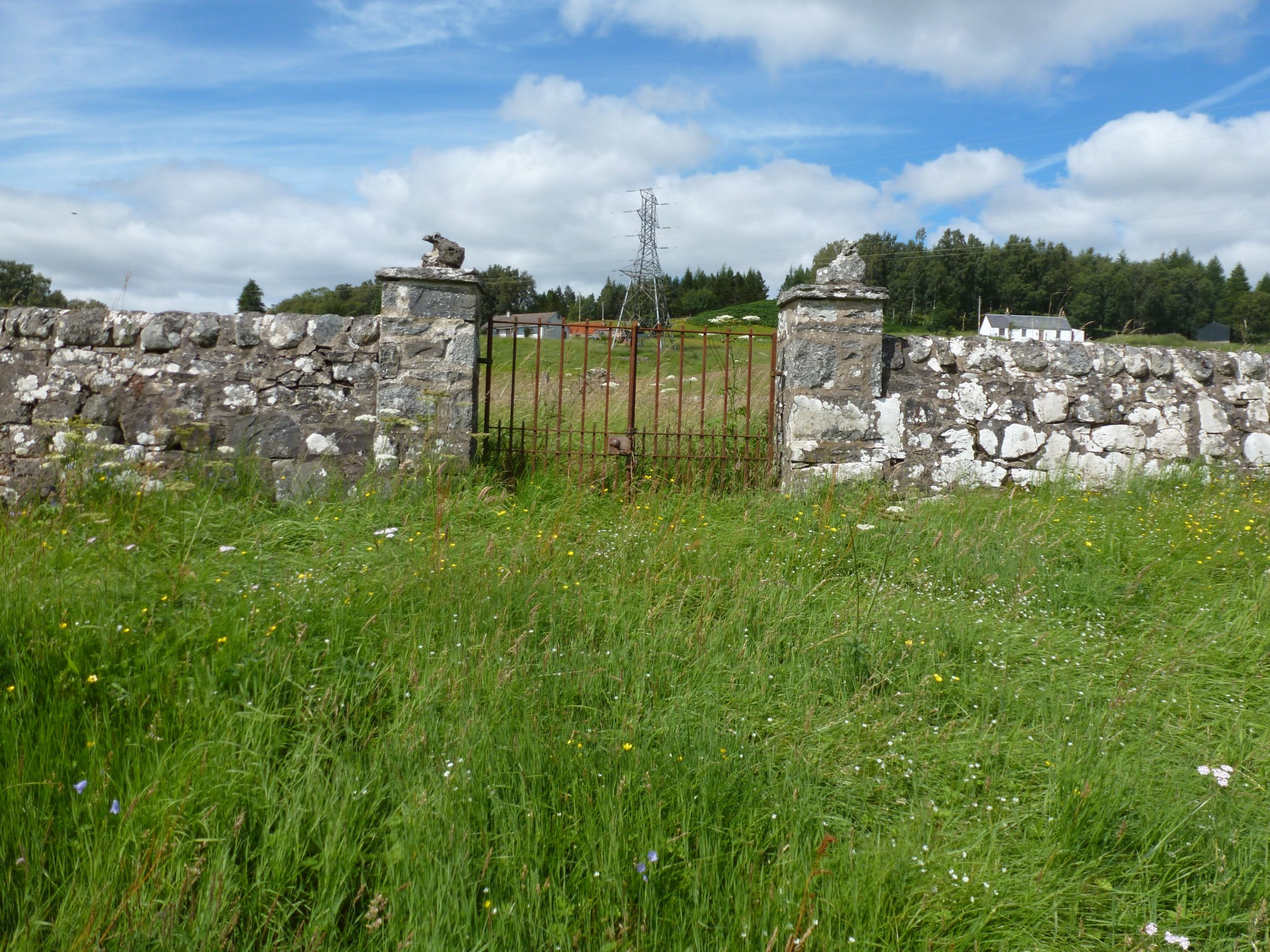

The village of Kinloch Rannoch, originally Kinloch or Kanloch, is a small settlement located in a remote area at the east end of Loch Rannoch in Perthshire. It is about 18 miles west of Pitlochry. The community owes its beginnings to the end of the Rebellion of 1745 when the Redcoats built roads around the side of Schiehallion from Tummel Bridge. The original intention was for the village to be a retirement area for the soldiers. However, the quiet farming life was not for the soldiers. The government sent in Ensign Small to try and sort out the local population who lived in dire poverty and tended to survive by rustling cattle and other lawlessness. He had schools and churches and mills built to improve the lot of the people and a respectable community developed from that time.
There are several interesting old burial grounds for those interested in history and genealogy. A leaflet is available in local shops and cafes.
The history of Kinloch Rannoch goes back a lot farther than 1745, as there is evidence of habitation here as early as 500 A.D. St. Blane reported people living here when he arrived in the area. Many other missionaries followed and helped to convert the people to Christianity.
Kinloch Rannoch, like other places in Scotland is one of sheer scenic beauty. Instead of just gazing at the picturesque landscape, get out and enjoy the sights. Walk the trails and tracks and enjoy the wildlife and spectacular views. This area is perfect for hill walking, bird watching and just strolling among the beautiful wildflowers.
Visit Rannoch Station Tea Room and Visitor Centre to see the fascinating exhibition about the natural history of the area. Here you can also learn of the turbulent history about the battles between the clans and the famous Battle of Culloden. The exhibition will take you through Scotland from the Ice Age to the present time. Learn the importance of Rannoch Moor and the species of birds and wildlife that live there.
Walk the bridge that the Redcoats built over the River Tummel, at Tummel Bridge, in 1764 and learn how the area was originally part of estates that were forfeited from the Jacobites. The Parliamentary church in Kinloch Rannoch dates back to 1829 and, in the centre of the village, you can see the monument dedicated to the Gaelic poet and evangelist, Dugald Buchanan.
There have been people living in the Rannoch and Tummel area since prehistory. Then there were bronze age lake dwellers living on crannogs on Loch Rannoch. You can see a tiny island towards the west end with a much later keep on it. This was built on the foundations of a crannog. There are the remains of pictish dwellings in higher slopes in the glen and ‘homesteads’ too. Before 1745 it was a lawless area of bandits and cattle thieves who would steal them in the north and drive them south to the markets perhaps at Stirling.
For further interesting information see Archeology and Geology